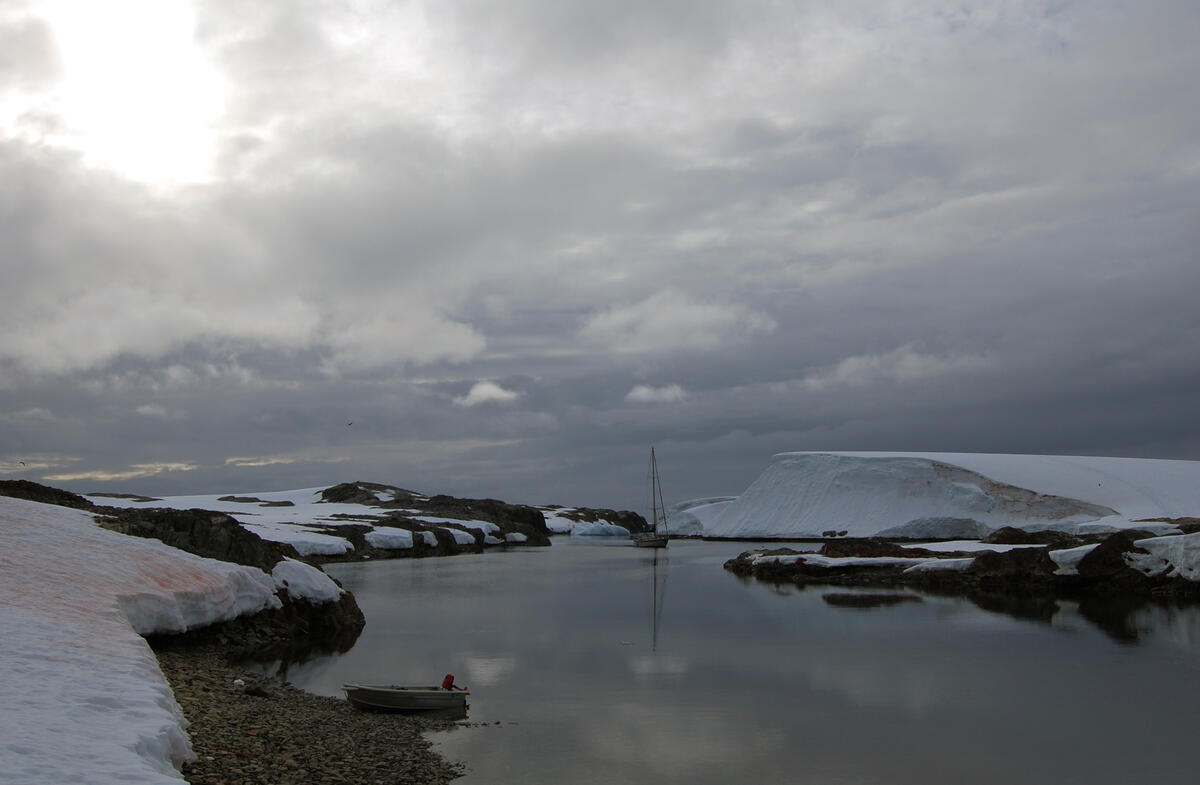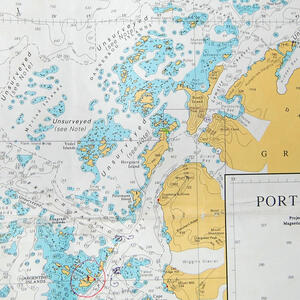
Hovgaard Island was easily accessible and its shallow hillsides were relatively easy to ascend. A few hours of hiking was well rewarded, with the most spectacular views of the Antarctic terrain. In both directions, to the north-east and to the south-west, the landscape of the Antarctica Peninsula was laid out for us and the camera in perfect weather.
Amongst the unsurveyed grounds of the Argentine Islands, we finally found an iceberg we had been searching for: one with a suitable hole and arch, every waterborne photographer’s secret desire when it comes to icebergs. Following this, our last destination in Antarctica was awaiting – a small collection of isles, on one of which there is a Ukrainian base, and on others a concentration of skuas.
Hovgaard Island and Argentine Islands
Hovgaard Island has relatively gentle snow slopes which allow a fairly easy climb to its peak. We had been told that the view from the top was spectacular, and we were not to be disappointed.
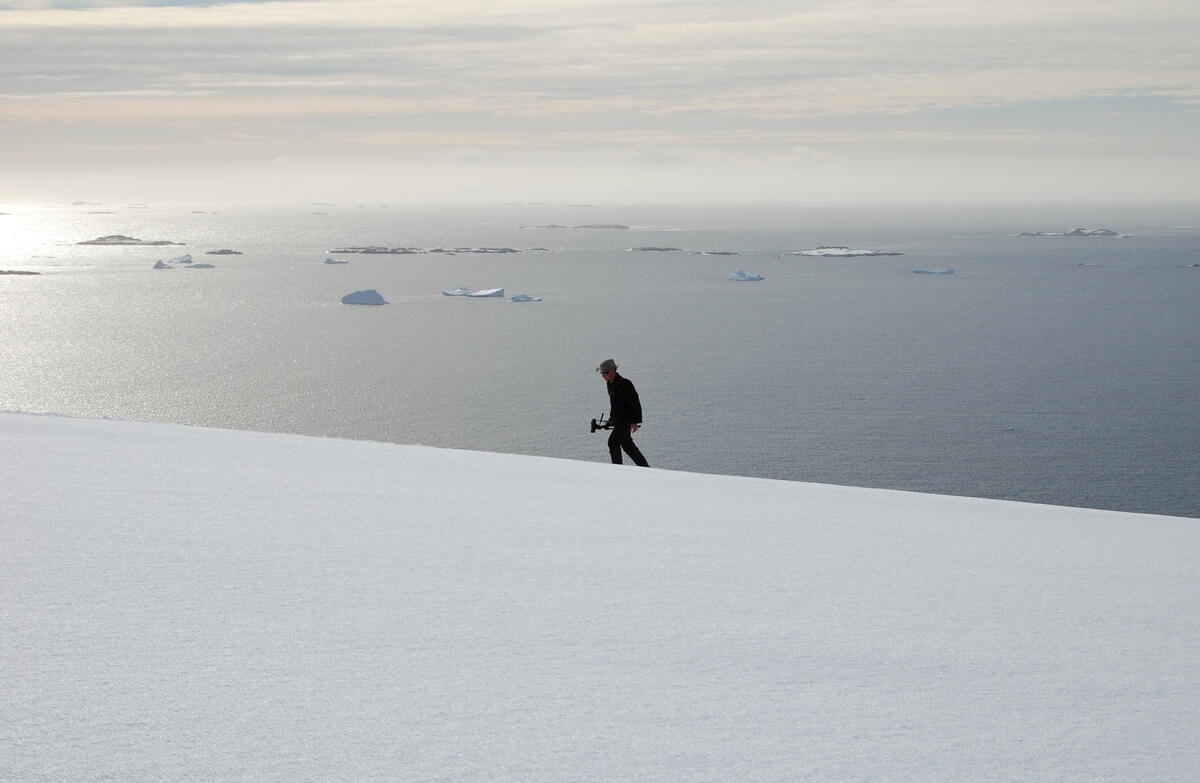
Firstly, let us share with you the view from this area looking almost directly south. The Antarctic Peninsula stretches away into the distance, as far as the eye can see. The farthest land visible in this picture is some 70–80 nautical miles away.
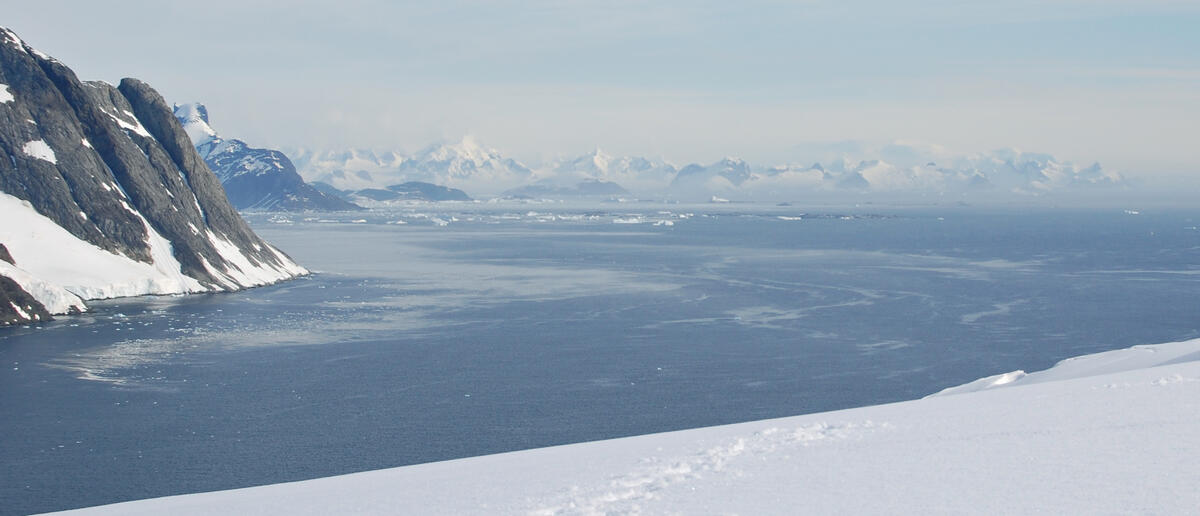
Now, turning around and looking north, this is the view. To the right is Booth Island (the Lemaire Channel is on the other side). The small low-lying islet below is Pleneau Island.
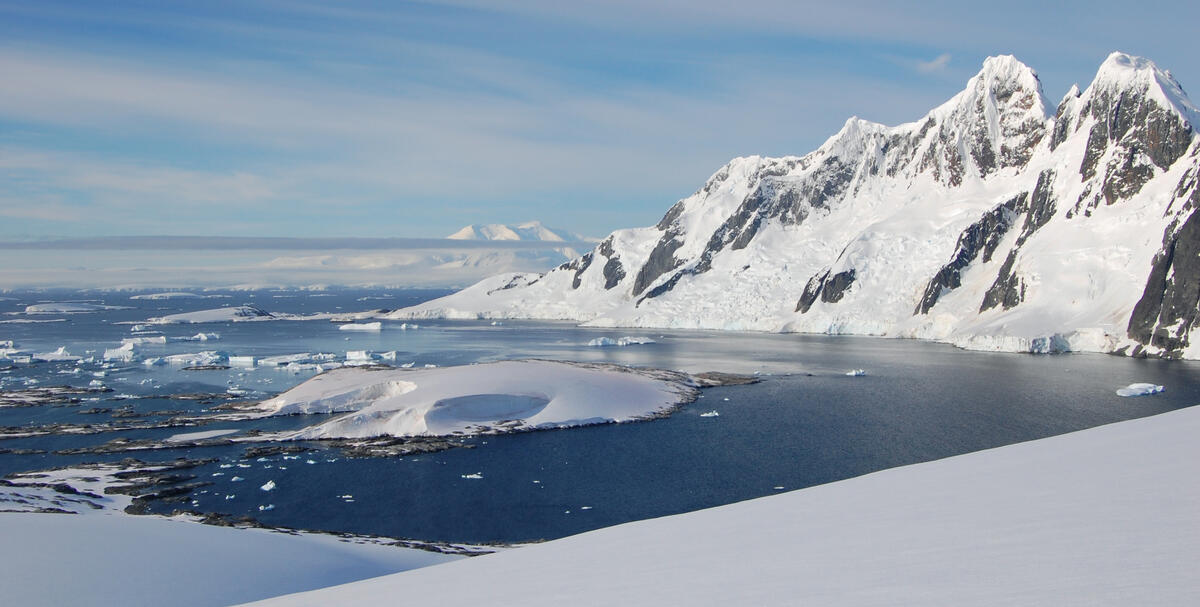
We want to convey the scale of this terrain. The cruise ship below should put Booth Island into context.
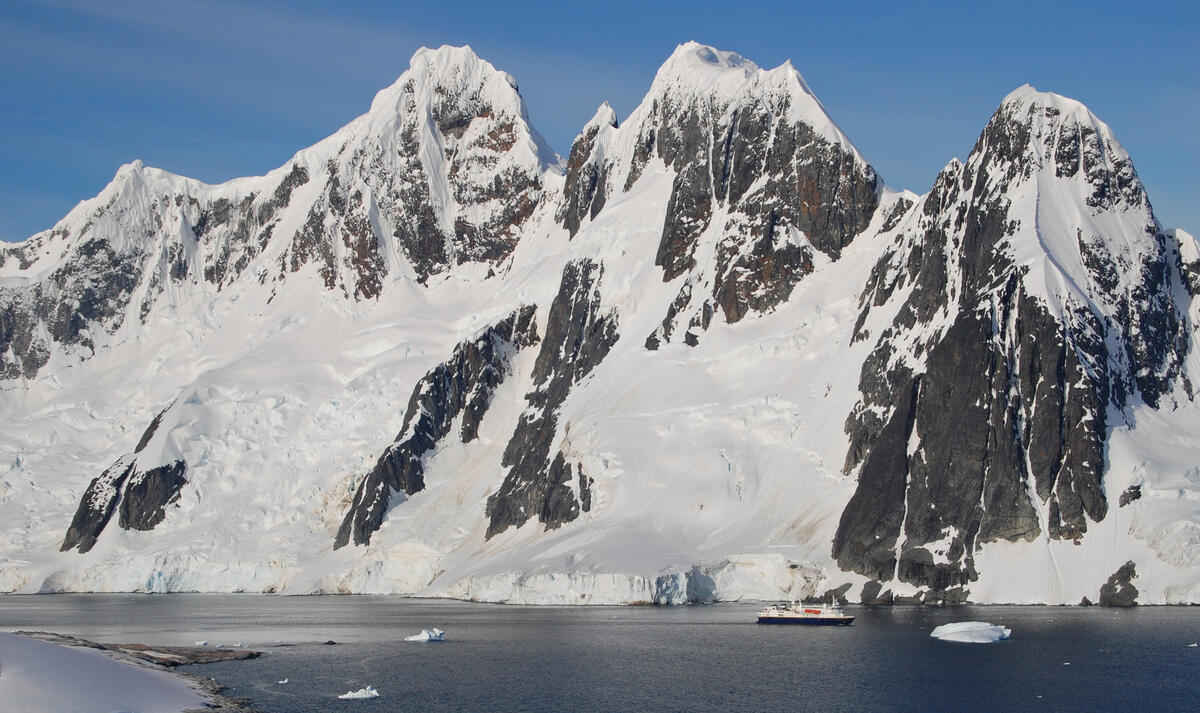
Below is an “all-in-one” shot. The northern point of Booth Island reaches into the right of the frame. The distant land mass is Anvers Island, where the American Palmer Station is location (it’s about center-frame in this picture). The iceberg graveyard and rocky mini-archipelago is obvious, and our tracks lead from the boat which is anchored below.
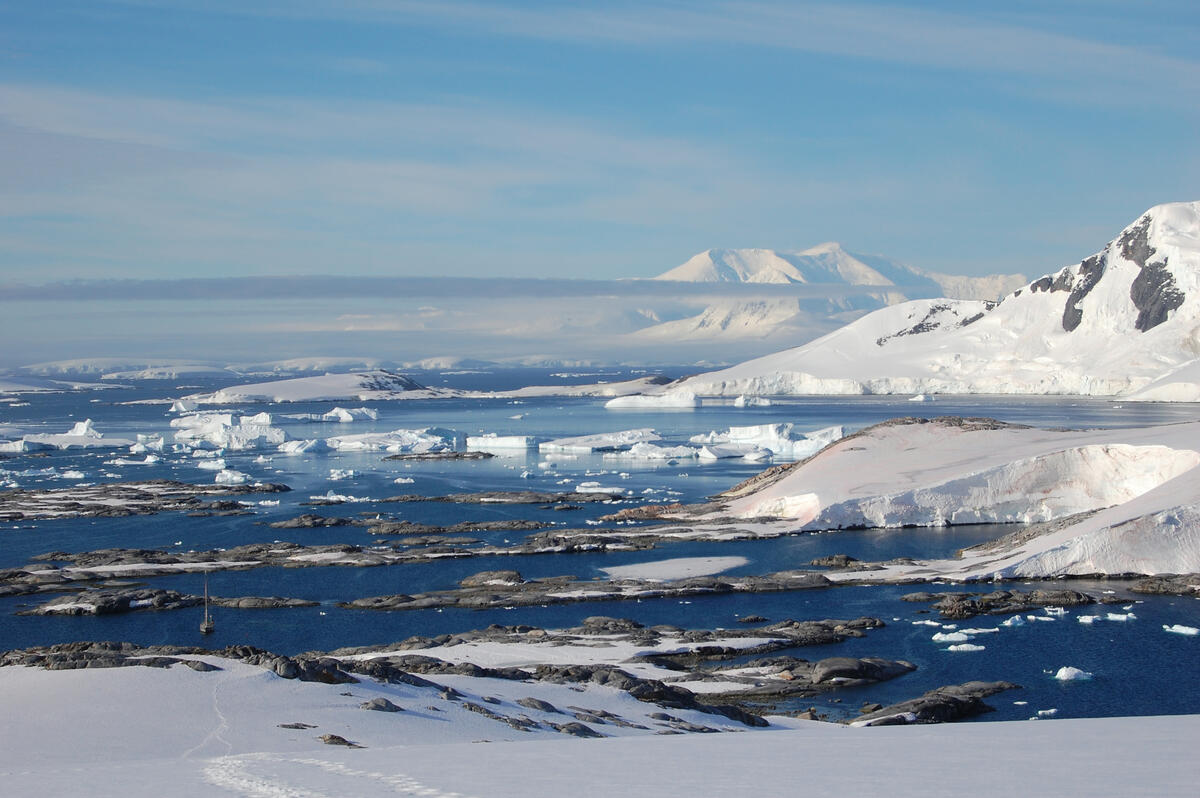
We’re very keen on this scale thing. Here’s the same ship 15 minutes later, beginning its cruise through the Lemaire Channel from the southern end. The mainland is in the background.
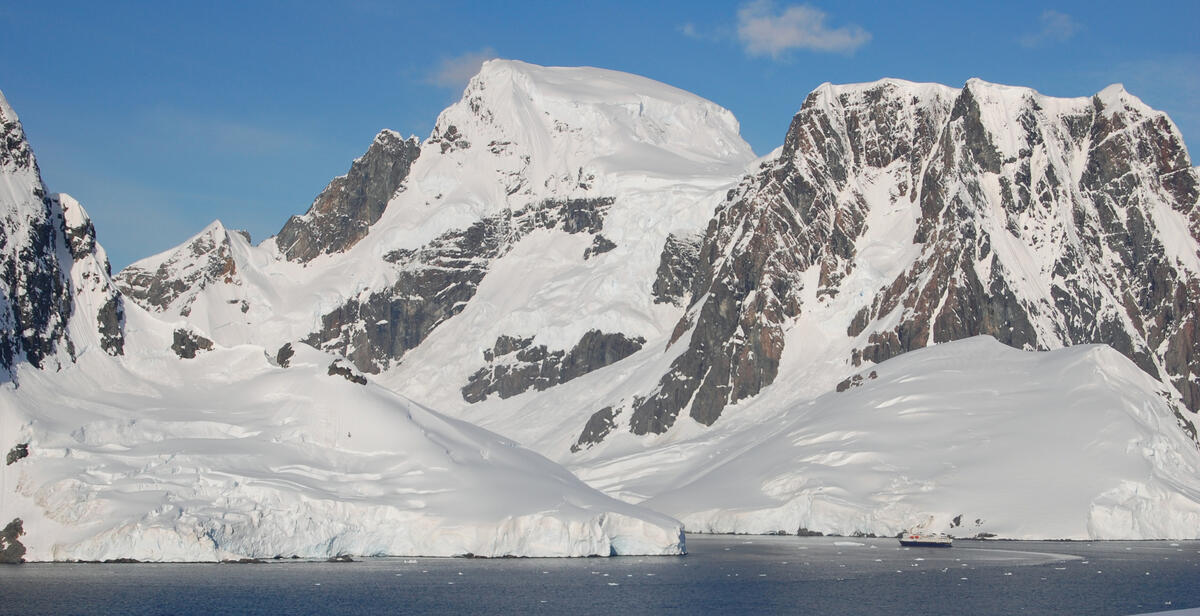
The lowering sun gave us a different view of Booth Island that night.
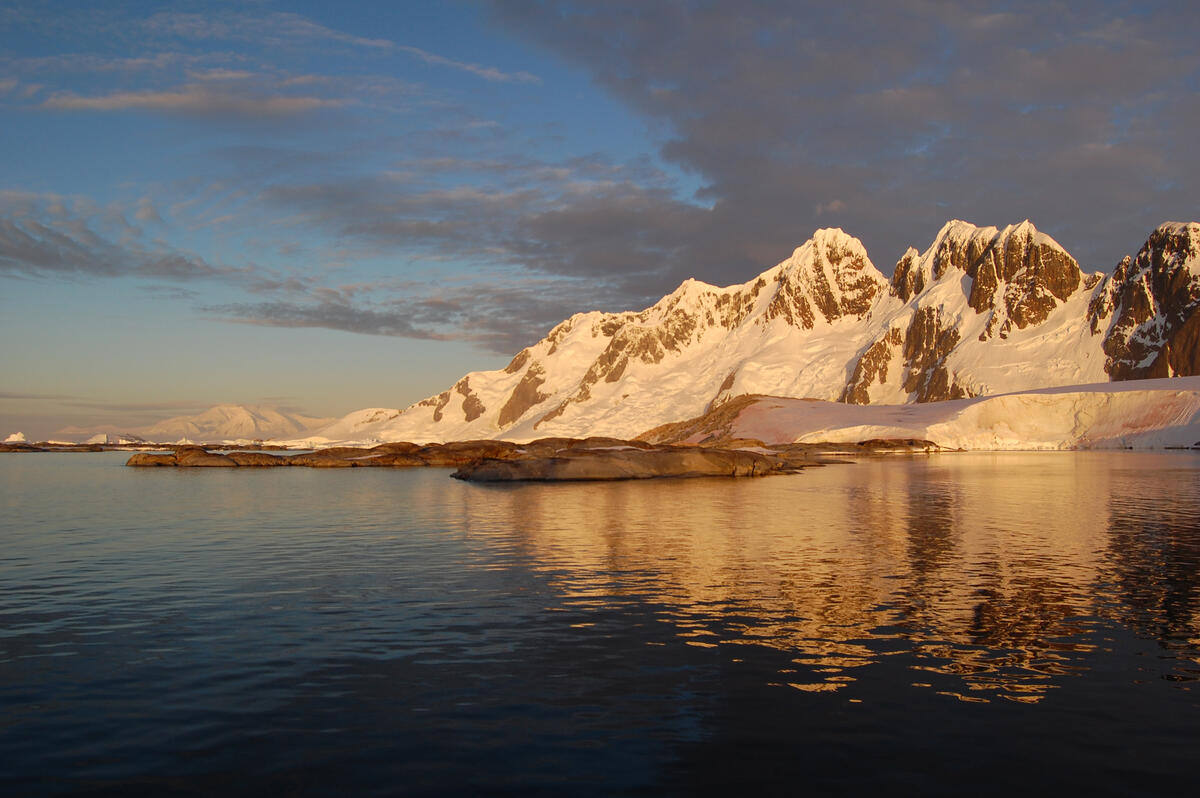
The next day, another variation on the theme.
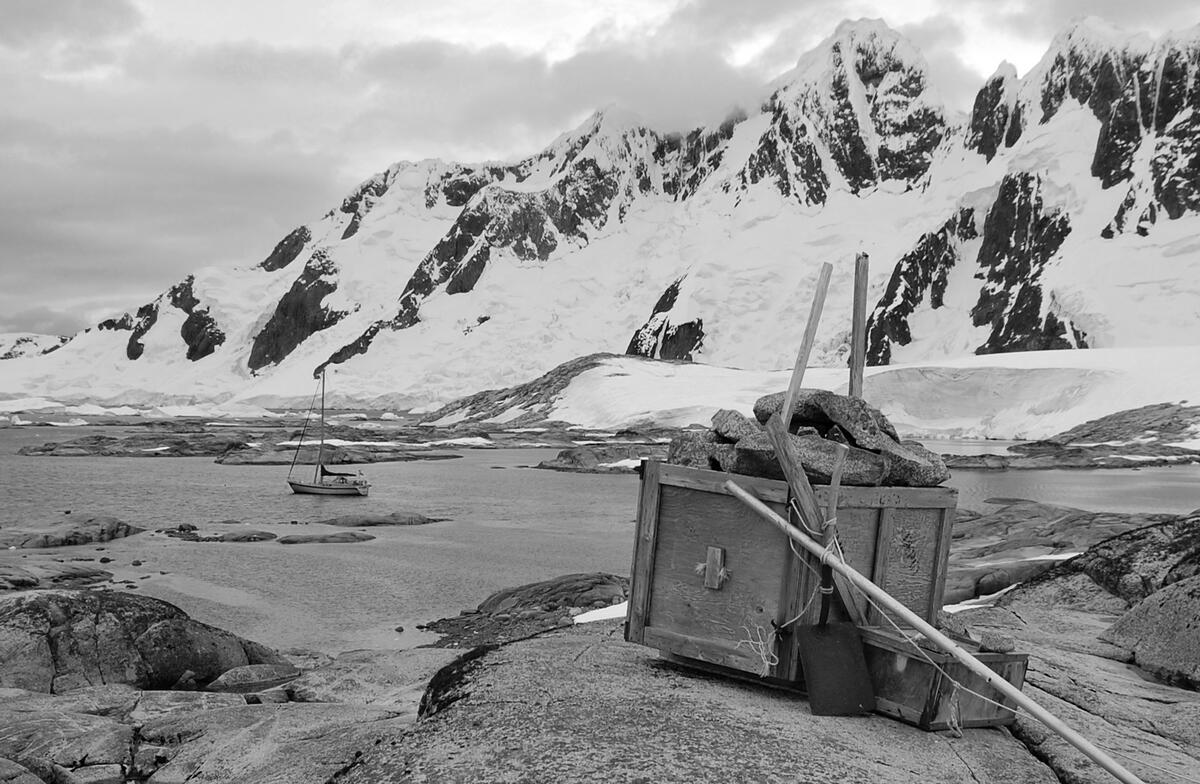
This cache contains emergency supplies for trapped or ship-wrecked expeditions. Inside will be tinned food, fire supplies, and probably a tent. It is located up high on weathered stone where it is unlikely to be troubled by snow or ice during the winter. It is weighed down with heavy rocks, and also anchored to the ground with cables.
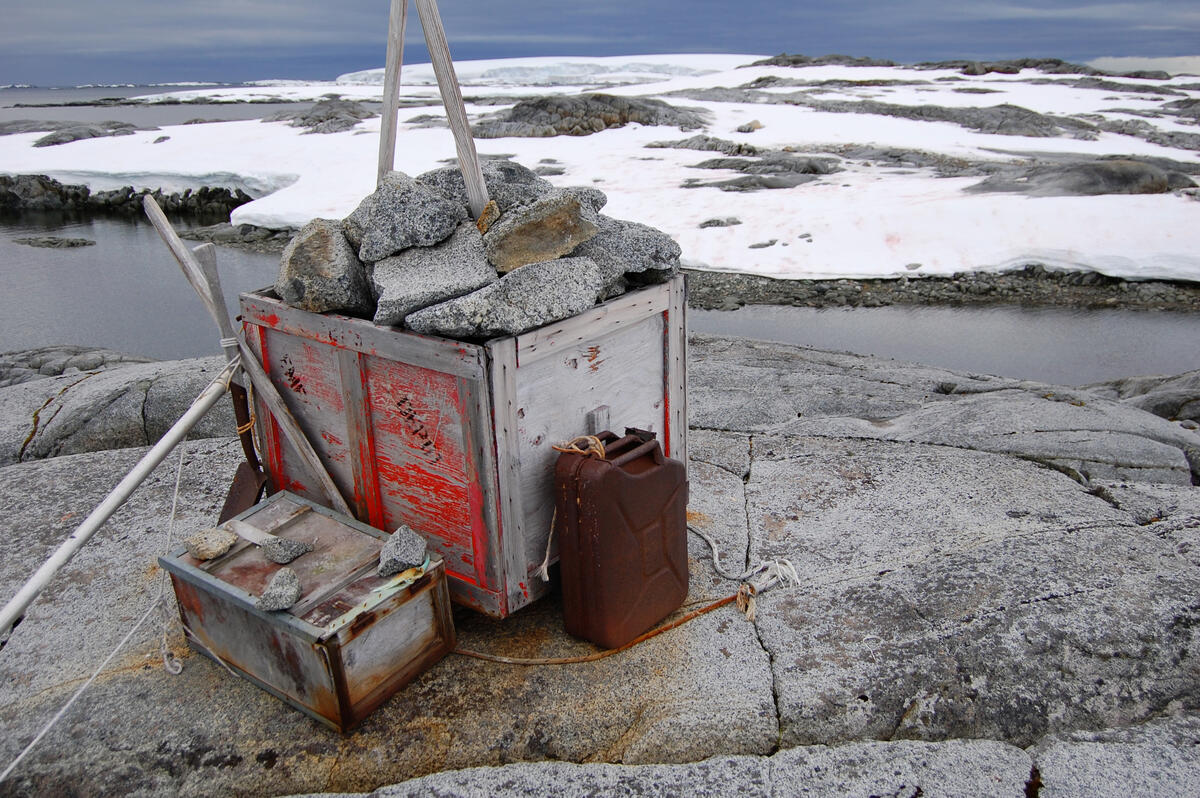
Leaving this amazing area, we headed toward what would prove to be our final destination of the trip. On the way, we sighted this iceberg which presented a tempting opportunity for the compulsory “hole-in-the-iceberg” photograph that all yachts visiting high latitudes secretly covet.
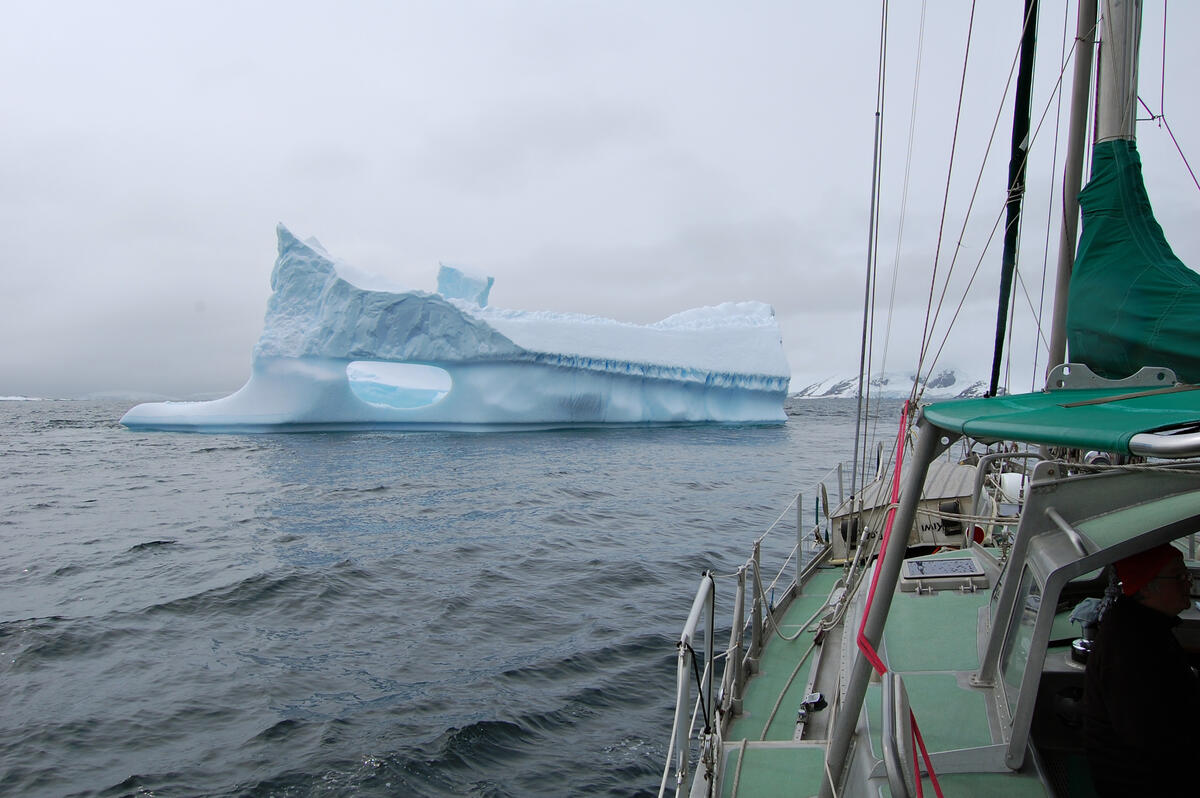
So, the dinghy (and photographer) was launched. The iceberg, up close in a small dinghy riding choppy waves, suddenly seemed much larger.
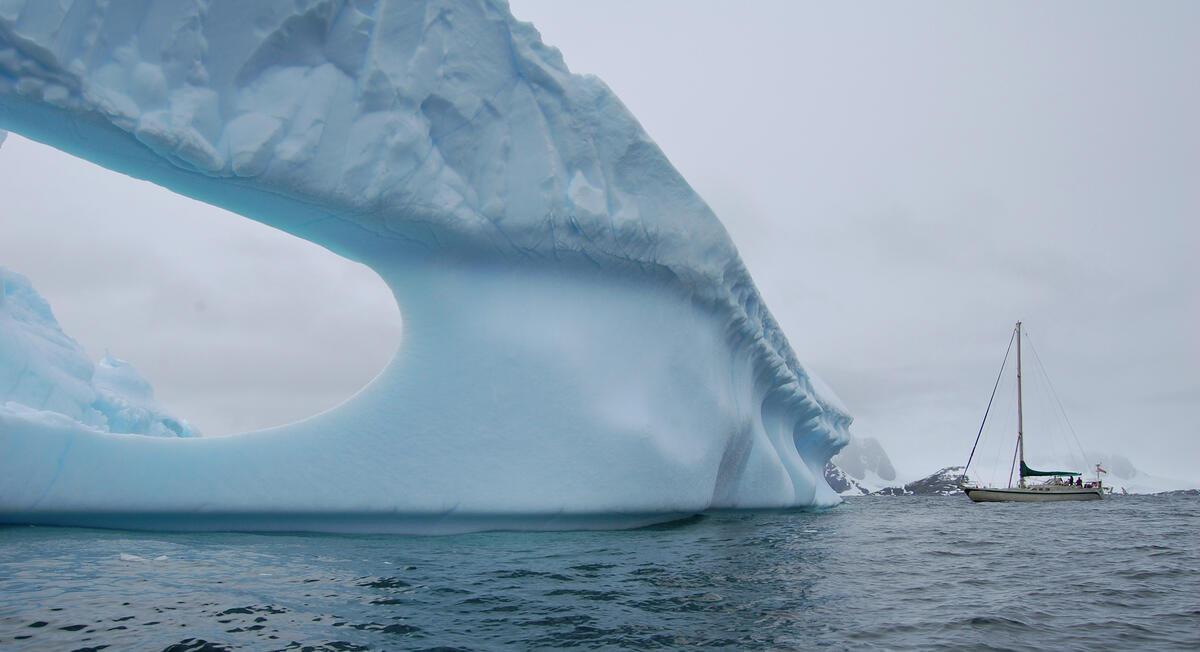
Taking the right photograph was a lot more difficult than it looks. The iceberg is rolling quite a lot, and the dinghy and boat rise up and down with the swells. Getting them all lined up, and the dinghy in the right position at the right time, took some patience. Finally, we got a few shots which seem to capture the essence of a yacht visiting Antarctica. The mainland is in the background.
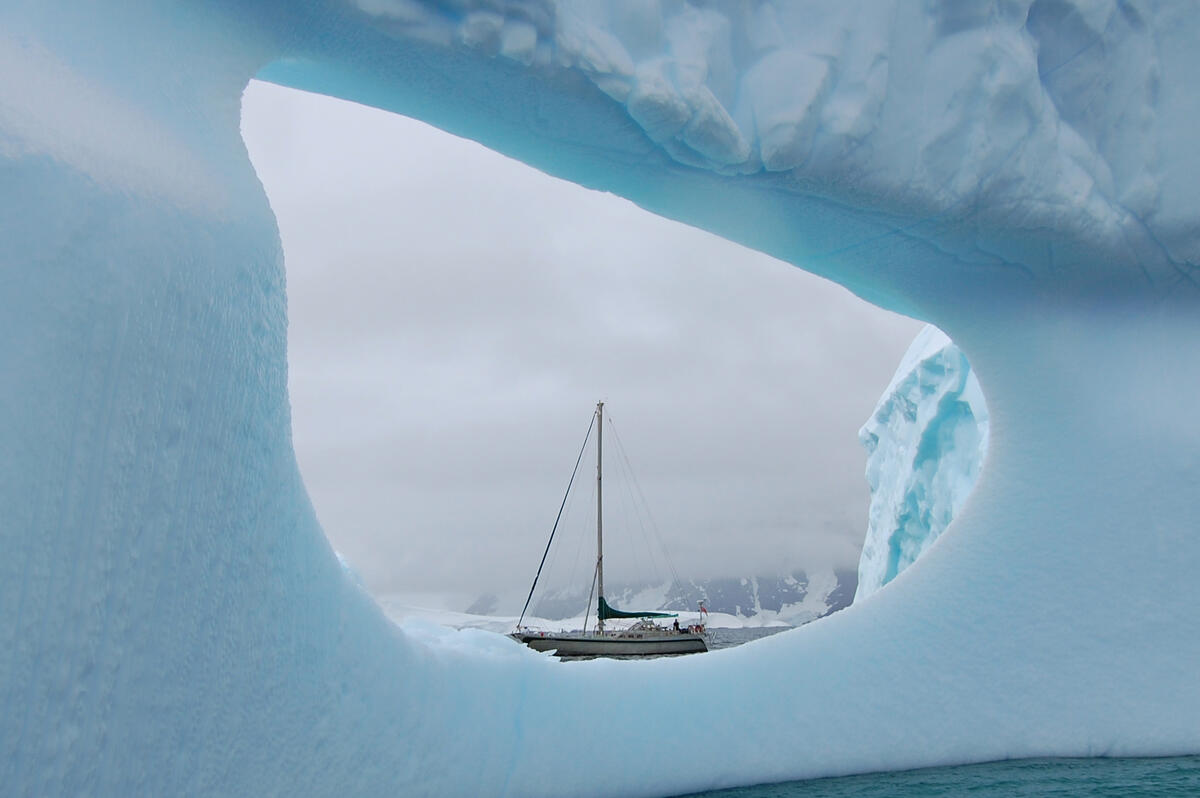
It was decided that the dinghy was needed, so the skipper reluctantly returned to collect it.
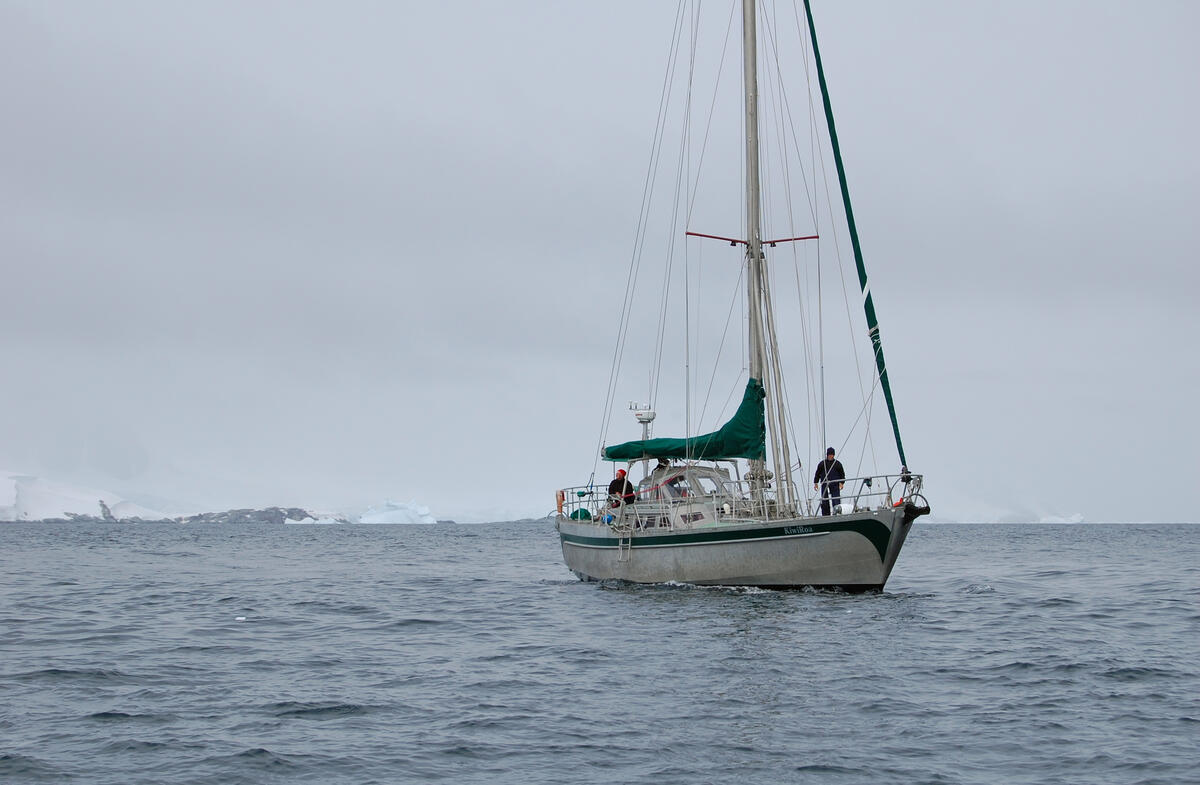
The destination that day was the Argentine Islands, where the Ukrainians operate an ex-British base. The British sold the base to Ukraine for £1, on the basis that the Ukrainians kept running the existing projects – and share the data with the British. So, the Ukrainians get a free Antarctic base, while the British are able to consolidate their investments into their more important bases farther south but continue to receive the benefits of the research anyway.
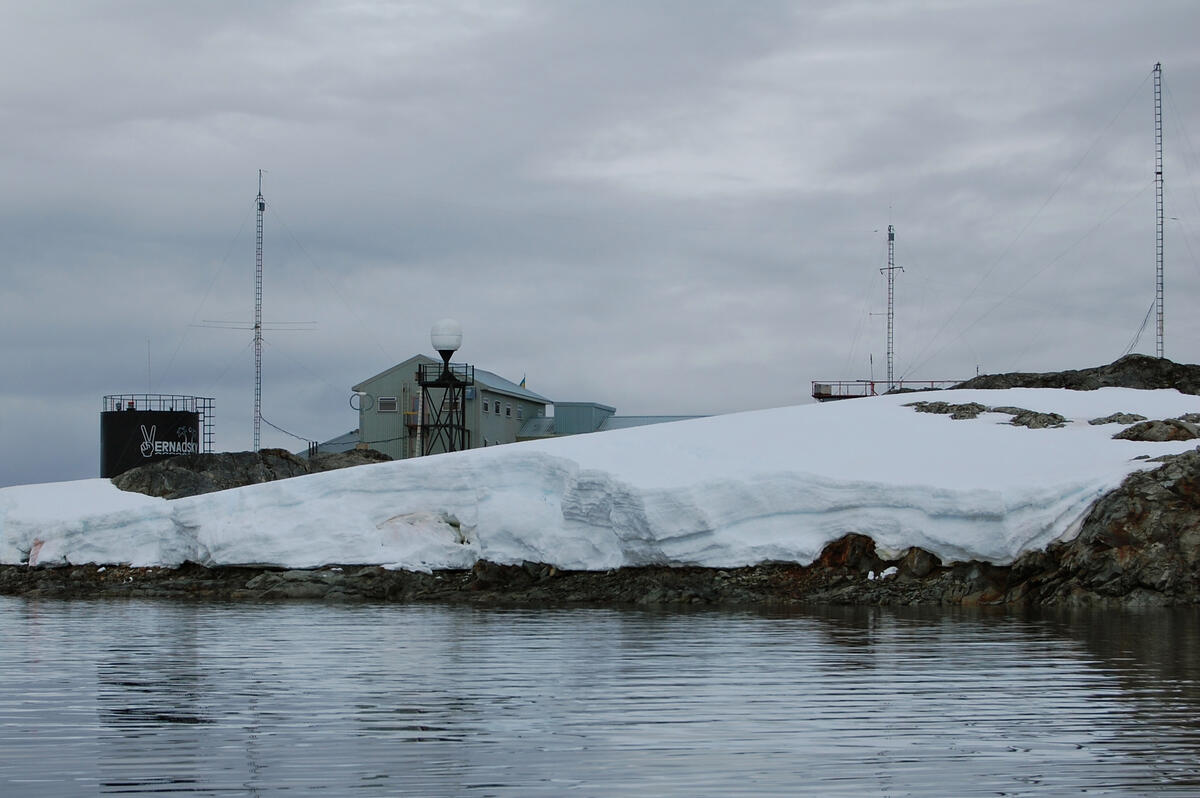
Nearby is an abandoned British hut which predates the Vernadsky buildings. The similarity with the huts at Port Lockroy is obvious.
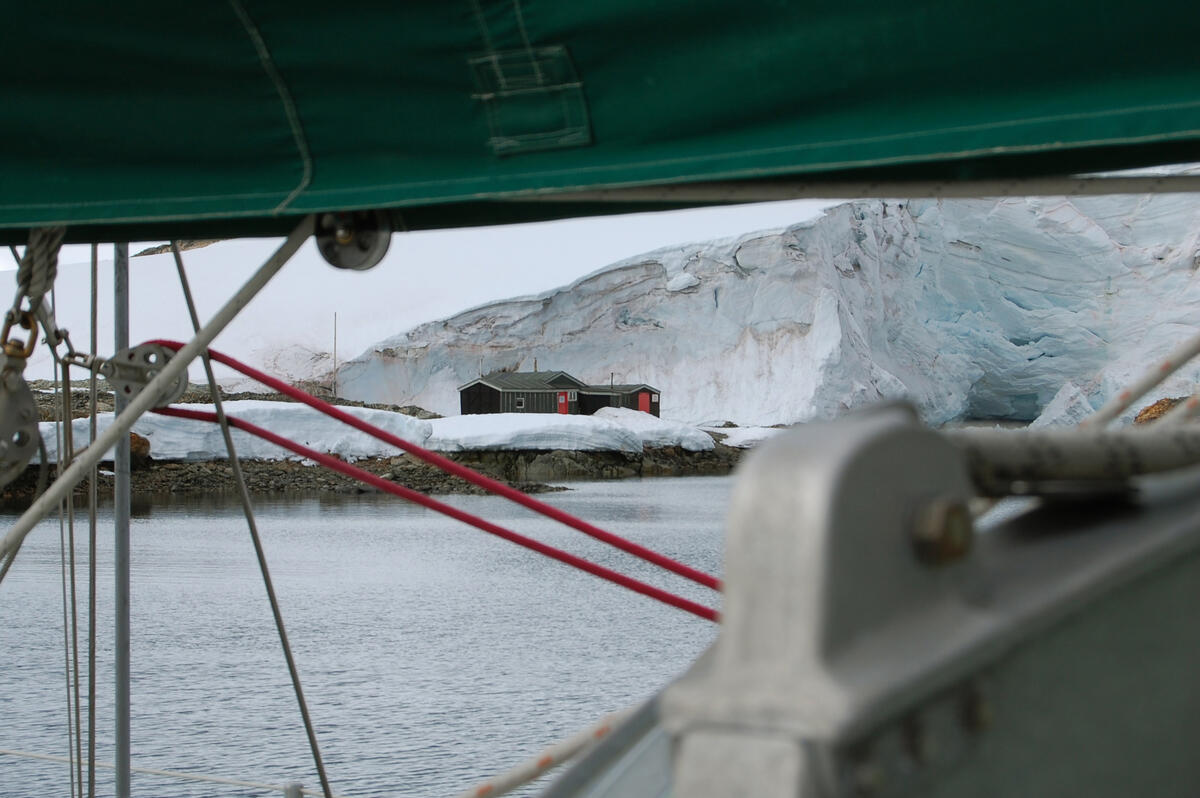
We are anchored in a protected inlet called Skua Creek. Nearby, a small island is named Skua Island. Ashore, it is not hard to see why.
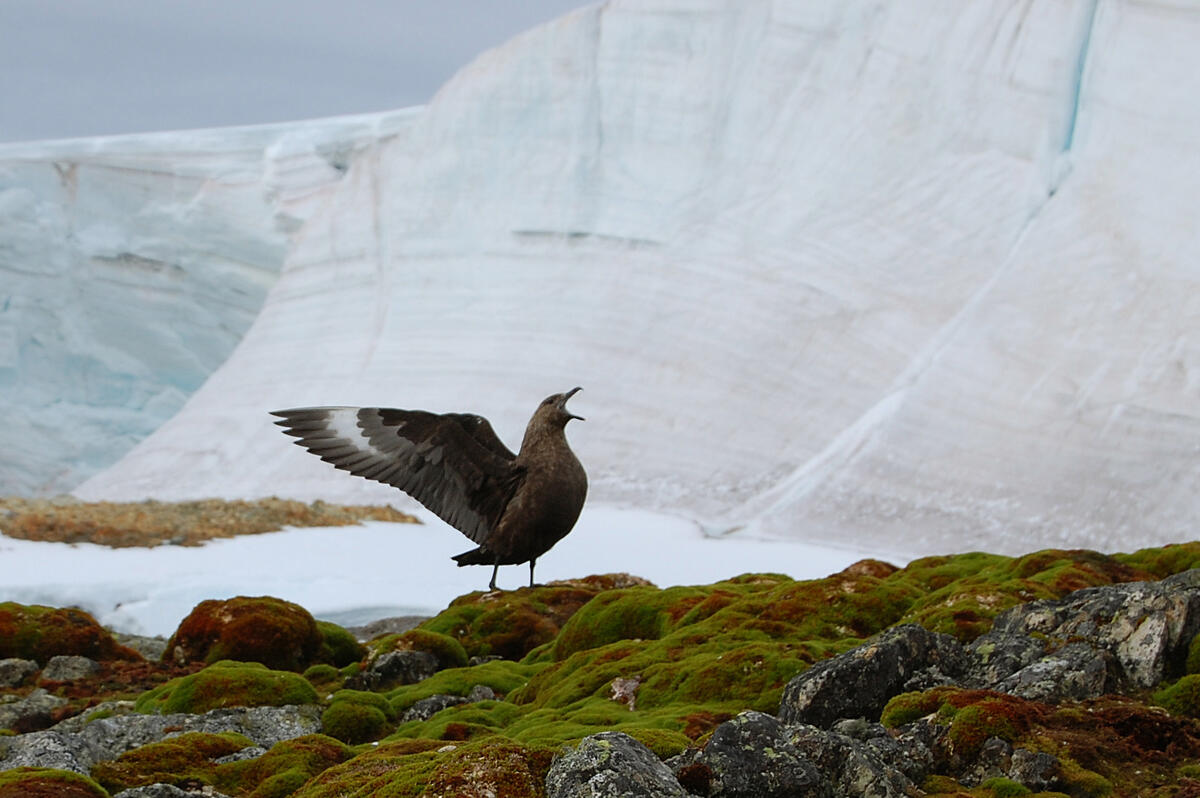
The sun is sinking on what will turn out to be the final night we spend in Antarctica.
